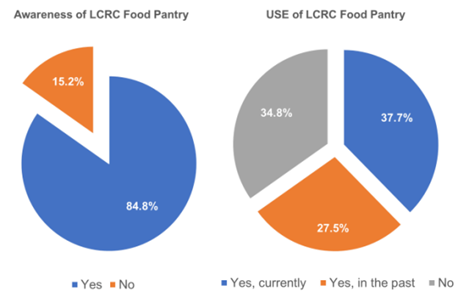Who are Virginia’s Disconnected Youth?
The steady decline in Virginia’s unemployment rate, since its 2010 peak, has been accompanied by a fall in the labor force participation rate over the last decade—from 68.5% in 2008 to 65.7% in 2017. A multitude of factors contribute to these rates, but understanding the demographic profile and socioeconomic makeup of the working age population […]












